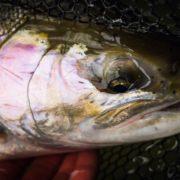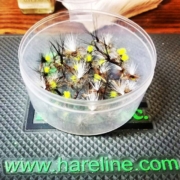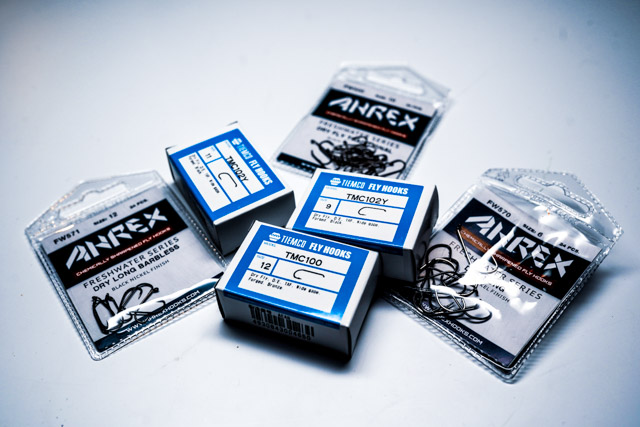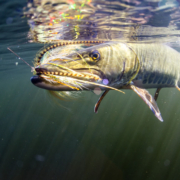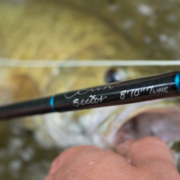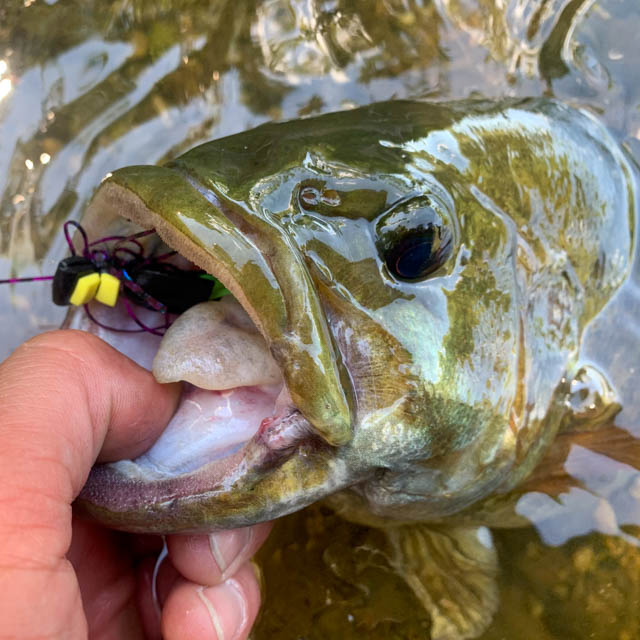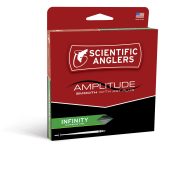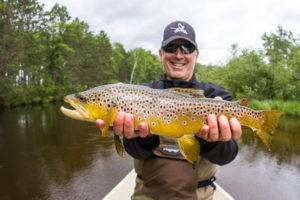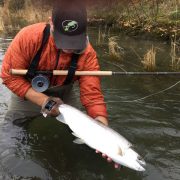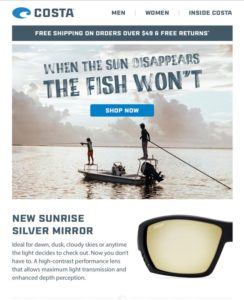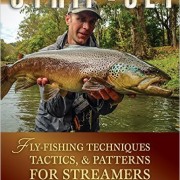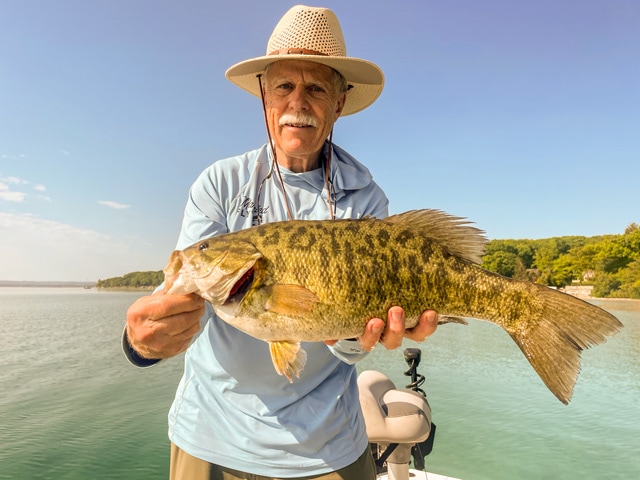Top Steelhead Hooks
Hooks for Steelhead
Top picks for steelhead hooks, talk about a sticky topic! I’m sure this is going to open a can of worms, but I wanted to address this topic as it gets a lot of attention amongst our guide staff. Every day, no matter what we are fishing, every rig we tie starts with a hook. It doesn’t matter if we are tying up a batch of streamers for steelhead, or if we are twisting up a bead rig for Alaska or Northern Michigan. The hook is usually the first item we start with.
Hook choices have consequences! Personally, I know I will never run a B10S hook again for trout. I’m fine using it for smallmouth bass, but I don’t have a scientific reason for it. Basically it’s the same reasoning I use when putting my right sock on first followed by my left. The same holds true with our favorite hooks for steelhead. It’s not really about scientific findings, but more about having confidence.
In order to shed some light on choosing the best hooks for steelhead, I have included a list of hooks preferred by Mangle Fly Guides below. This list of hooks has been proven over time and is Guide approved. For the purpose of this discussion, we chose hooks you can use for both swing and egg fly presentations. My hope is this list will help you decide which hooks to use this winter to prep your spring steelhead box.
Streamer Hooks
Streamer fishing for steelhead is not easy and you typically must capitalize upon fewer opportunities. You need a hook that is strong enough to land the Big Boyz, but light enough for your fly to move properly. The following is a Guide recommended list of streamer hooks for steelhead.
- Owner Mosquito – is our number one choice for steelhead swing flies. This hook is a top choice personally and for Ed McCoy and Steve Pels as well. Most importantly, this hook has proven to be strong enough to handle the biggest Manistee River steelhead. Another advantage with this hook is the light wire, allowing me to pull a high percentage of my flies back from the log jams on 16# fluorocarbon. I like this hook in size 1 for most of my steelhead streamer patterns.
- Gamakatsu Finesse Wide Gap – this is another one of Ed McCoy’s go to hooks. Ed runs this hook in size 1/0 and 1. He likes the big gap and very positive hook up ratio on fish that eat the fly from behind. This is a great hook later in the season to capture those fish that are nipping at the tail.
- Daiichi 2557 – This hook has a super sticky point and will not bend out on hot fish. It has an oversized eye and makes passing trailer wire through the hook eye very easy. As is the case with most of our swing flies, we use wire or braid to attach the hook to our shanks. Steve likes this hook from size 1 to 4.

Bonus Streamer Hook
The bonus streamer hook is a “baby treble” and I was scared of what might happen upon hooking up. Baby trebles in size 10 or 8 work really well and more or less pin the steelhead upon contact. This is one of my late season hooks that might ruffle a few feathers. I only run this particular hook when temps are dropping from 40 degrees into the 30’s. I prefer this hook for days when one bite is likely all we will see on the swing. When you’re searching for one bite and only getting lethargic tugs or pulls, this hook can save the day. Try this treble hook on your next cold front fishing trip.
- VMC 9650 – I use this hook in size 10 and size 8. It’s super sharp and strong enough to land most steelhead. An added advantage to these light wire hooks is you will get all of your flies back from the many log jams along the Manistee River. Another bonus with this hook is the oversized eye makes passing wire or braid through them a breeze. One point of caution regarding this hook. I would not recommend using these treble hooks in October or during heavy spring run off, it will not hold. If the steelhead is super charged up it will bend them right out. Please understand, when you hook up with this hook you have to take your foot off the gas. You can’t pull as hard as you normally do with the bigger heavy wire swing hooks.
Egg Hooks
The meat and potatoes fishing in the Great Lakes area is with egg patterns. It’s not uncommon for me to fill the tackle box with 1000’s of egg hooks in my preseason orders. Having tried a slew of egg hooks over the years, here is where we stand currently on the best of the best.
- Blood Run Tail Out – Ed McCoy favorite hook for pegging beads. The Blood Run Tail Out works great in size 1 to 4. It has a straight eye, so snelling your knot is a top selling point here. These hooks are super sharp and they will not bend out! This is not as ideal when fishing around all the wood, but there is never a question in confidence when fighting big steelhead on our float rigs.
- Raven Specialist – is Jon Ray’s go to hook when fishing beads. Especially the size 6 option for size 10mm or 8mm sized beads. The benefits of this hook are the smaller diameter gauge metal, along with the micro barb make for better penetration and great hook up ratio. This is the perfect all-purpose hook. It is considered the most dependable Steelhead hook on the market with its great hooking and holding power.
- Owner SSW – when it comes to fishing beads and egg patterns, no one on our staff has more experience than Jeff Topp. Having guided in Alaska for over 22 years, when Jeff recommends a hook I listen. For bead fishing he likes the size 4 hook with 10mm beads and the size 6 hook with 6mm to 8mm beads. The number one reason he likes this hook is the wire. This hook has a very strong thin wire making hook penetration better for Alaskan Rainbow Trout and Manistee River Steelhead. This razor sharp hook serves him well from size 6 to size 1 depending upon the bead size he is fishing.
Closing Thoughts
With so many hook options available at your local shops to choose from it can get confusing. I know this is just a sampling of choices, but the idea here is to help you make educated hook selections. Over the last few years we have been tying fewer yarn eggs, but the same hooks we use for fishing beads also work really well when tying big rag style yarn flies. For instance, the red Owner SSW listed above is one of my favorites to tie oversized egg patterns on for Spring Steelhead.
Treble hooks in the fly fishing world are nothing new, but I personally had no experience with them back in the day. Ten plus years ago, when I first ran treble hooks, I was very nervous and pessimistic to be honest. What would happen to the steelhead? How torn up would the mouth of my prized fish become? Would my fly just get tangled up in all the treble hook points? Experience has played a big part in answering some of these concerns. For example, the bigger hooks listed above actually do more damage than the VMC treble hooks.
This current list of hook choices is what we prefer for most of our fishing situations. I’m sure over time I will edit this list as new hooks are forged and some of the old standby’s are no longer available. Please feel free to add your favorite hooks in the comment section below and thanks again for checking out the blog.
Jon Ray

